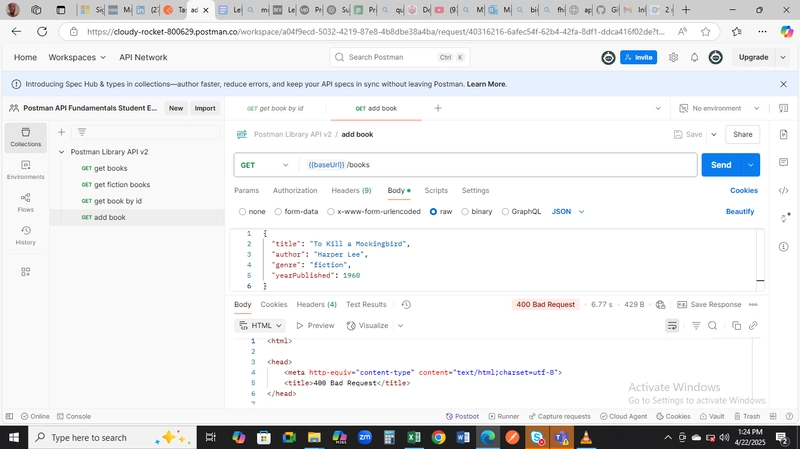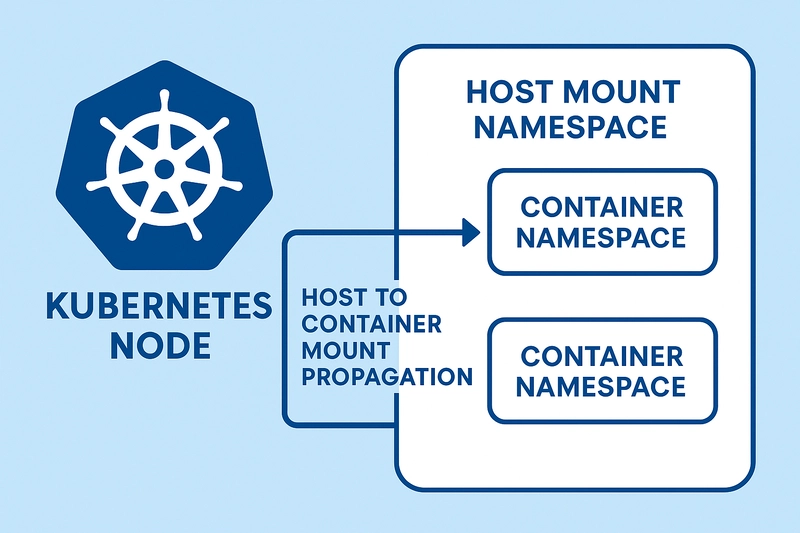How to Build a "Logical Fence" for Your Connected Devices
As the number of connected devices in our homes and workplaces continues to grow, securing those devices has become a top priority. From smart thermostats to connected security cameras, each device introduces a potential vulnerability. In this guide, we’ll explore how to build a "logical fence"—a digital perimeter designed to isolate and protect your IoT (Internet of Things) devices from external threats. We’ll also share code examples, practical tools, and explain how these digital fences parallel the physical ones used by any professional fence company. What Is a Logical Fence? Just like a physical fence defines and protects your property, a logical fence protects your digital space. In networking, this concept can be implemented using techniques such as VLANs (Virtual Local Area Networks), firewalls, access control lists (ACLs), and network segmentation. The goal is to isolate your IoT devices from your main network, limiting their access to sensitive data and preventing attackers from jumping from a compromised device to more critical systems. To bring this to life, think about the digital equivalent of Automatic Gates Chicago IL. These automated barriers in physical spaces ensure that only authorized individuals gain entry. Similarly, using a combination of VLANs and firewall rules in your network can ensure only authorized devices and traffic are allowed access. Step-by-Step Guide to Building a Logical Fence 1. Segment Your Network One of the most effective ways to secure IoT devices is to place them on a separate VLAN. This creates an isolated network environment. Example using a home router with VLAN support (OpenWRT): # Configure VLAN for IoT devices uci set network.iot=interface uci set network.iot.proto='static' uci set network.iot.ipaddr='192.168.100.1' uci set network.iot.netmask='255.255.255.0' uci commit network /etc/init.d/network restart This code snippet sets up a new VLAN with IP range 192.168.100.x to isolate IoT devices. 2. Configure Firewall Rules Firewall rules help control what your devices can access. For example, if you want to block IoT devices from accessing your main network: iptables -A FORWARD -s 192.168.100.0/24 -d 192.168.1.0/24 -j DROP This rule drops all traffic from the IoT VLAN to your main network. Think of this separation like installing a chain link fence in Chicago. It's not the most elaborate form of security, but it clearly defines boundaries and acts as a strong deterrent to unwanted intrusions. 3. Use a Pi-hole DNS Server A Pi-hole can act as a local DNS server that blocks unwanted domains, including malware and ad servers. Install Pi-hole on a Raspberry Pi: curl -sSL https://install.pi-hole.net | bash Once set up, point your IoT VLAN to use the Pi-hole DNS to limit its access to only trusted domains. This form of DNS filtering is like putting in a more polished, resilient solution such as a Vinyl Fence Chicago IL a smarter, longer-lasting form of protection that enhances both performance and security. Advanced Security with Access Control Lists (ACLs) For more granular control, use ACLs on your router or managed switch. Here’s an example for a Cisco switch: access-list 100 deny ip 192.168.100.0 0.0.0.255 192.168.1.0 0.0.0.255 access-list 100 permit ip any any interface vlan 100 ip access-group 100 in This ACL blocks IoT VLAN traffic from reaching your primary VLAN. Implementing ACLs brings to mind the craftsmanship and reliability of Wood Fence Installation Chicago IL time-tested methods that are simple but incredibly effective in building boundaries. Why This Matters Many IoT devices are produced with minimal security considerations. Isolating these devices reduces your risk exposure dramatically. This is particularly crucial for businesses and homeowners who may be unknowingly hosting dozens of vulnerable endpoints. Tips for Maintaining Your Logical Fence Regular Updates: Always keep firmware up to date for routers, switches, and IoT devices. Monitor Traffic: Use tools like Wireshark or ntopng to monitor network behavior. Limit Internet Access: Only allow outbound traffic that's strictly necessary. Disable Unused Services: If your smart fridge has a web interface you don’t use—turn it off. Use Strong Passwords and MFA: For any interfaces exposed to the internet, always use strong credentials and multi-factor authentication. Tools and Frameworks OpenWRT or DD-WRT for advanced router features Ubiquiti EdgeRouters for business-grade VLAN and ACL support Pi-hole for DNS filtering pfSense for a comprehensive open-source firewall solution Docker for isolating services Wireshark for packet analysis Conclusion Securing your digital life doesn’t have to be overwhelming. By applying the principles of a logical fence, you can compartmentalize risk and reduce the chances of a successful attack. As we’v

As the number of connected devices in our homes and workplaces continues to grow, securing those devices has become a top priority. From smart thermostats to connected security cameras, each device introduces a potential vulnerability. In this guide, we’ll explore how to build a "logical fence"—a digital perimeter designed to isolate and protect your IoT (Internet of Things) devices from external threats. We’ll also share code examples, practical tools, and explain how these digital fences parallel the physical ones used by any professional fence company.
What Is a Logical Fence?
Just like a physical fence defines and protects your property, a logical fence protects your digital space. In networking, this concept can be implemented using techniques such as VLANs (Virtual Local Area Networks), firewalls, access control lists (ACLs), and network segmentation. The goal is to isolate your IoT devices from your main network, limiting their access to sensitive data and preventing attackers from jumping from a compromised device to more critical systems.
To bring this to life, think about the digital equivalent of Automatic Gates Chicago IL. These automated barriers in physical spaces ensure that only authorized individuals gain entry. Similarly, using a combination of VLANs and firewall rules in your network can ensure only authorized devices and traffic are allowed access.
Step-by-Step Guide to Building a Logical Fence
1. Segment Your Network
One of the most effective ways to secure IoT devices is to place them on a separate VLAN. This creates an isolated network environment.
Example using a home router with VLAN support (OpenWRT):
# Configure VLAN for IoT devices
uci set network.iot=interface
uci set network.iot.proto='static'
uci set network.iot.ipaddr='192.168.100.1'
uci set network.iot.netmask='255.255.255.0'
uci commit network
/etc/init.d/network restart
This code snippet sets up a new VLAN with IP range 192.168.100.x to isolate IoT devices.
2. Configure Firewall Rules
Firewall rules help control what your devices can access. For example, if you want to block IoT devices from accessing your main network:
iptables -A FORWARD -s 192.168.100.0/24 -d 192.168.1.0/24 -j DROP
This rule drops all traffic from the IoT VLAN to your main network. Think of this separation like installing a chain link fence in Chicago. It's not the most elaborate form of security, but it clearly defines boundaries and acts as a strong deterrent to unwanted intrusions.
3. Use a Pi-hole DNS Server
A Pi-hole can act as a local DNS server that blocks unwanted domains, including malware and ad servers.
Install Pi-hole on a Raspberry Pi:
curl -sSL https://install.pi-hole.net | bash
Once set up, point your IoT VLAN to use the Pi-hole DNS to limit its access to only trusted domains. This form of DNS filtering is like putting in a more polished, resilient solution such as a Vinyl Fence Chicago IL a smarter, longer-lasting form of protection that enhances both performance and security.
Advanced Security with Access Control Lists (ACLs)
For more granular control, use ACLs on your router or managed switch. Here’s an example for a Cisco switch:
access-list 100 deny ip 192.168.100.0 0.0.0.255 192.168.1.0 0.0.0.255
access-list 100 permit ip any any
interface vlan 100
ip access-group 100 in
This ACL blocks IoT VLAN traffic from reaching your primary VLAN. Implementing ACLs brings to mind the craftsmanship and reliability of Wood Fence Installation Chicago IL time-tested methods that are simple but incredibly effective in building boundaries.
Why This Matters
Many IoT devices are produced with minimal security considerations. Isolating these devices reduces your risk exposure dramatically. This is particularly crucial for businesses and homeowners who may be unknowingly hosting dozens of vulnerable endpoints.
Tips for Maintaining Your Logical Fence
- Regular Updates: Always keep firmware up to date for routers, switches, and IoT devices.
- Monitor Traffic: Use tools like Wireshark or ntopng to monitor network behavior.
- Limit Internet Access: Only allow outbound traffic that's strictly necessary.
- Disable Unused Services: If your smart fridge has a web interface you don’t use—turn it off.
- Use Strong Passwords and MFA: For any interfaces exposed to the internet, always use strong credentials and multi-factor authentication.
Tools and Frameworks
- OpenWRT or DD-WRT for advanced router features
- Ubiquiti EdgeRouters for business-grade VLAN and ACL support
- Pi-hole for DNS filtering
- pfSense for a comprehensive open-source firewall solution
- Docker for isolating services
- Wireshark for packet analysis
Conclusion
Securing your digital life doesn’t have to be overwhelming. By applying the principles of a logical fence, you can compartmentalize risk and reduce the chances of a successful attack. As we’ve seen, there are strong parallels between physical and digital security. Just like you might hire a fence company to install a durable perimeter around your property, investing in the right digital infrastructure helps protect what matters most inside your network.
Build your logical fence today—before someone finds a gap in it tomorrow.
Got questions or want to share your setup? Drop a comment below!











































































